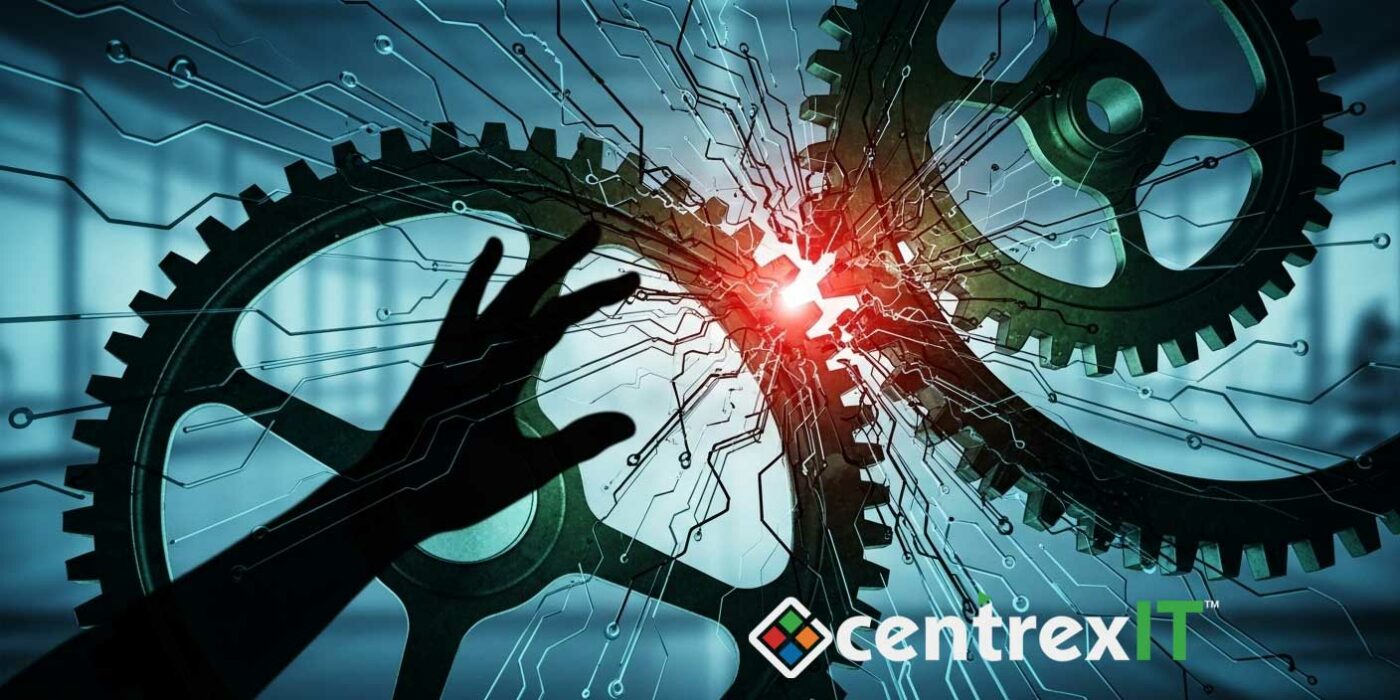The Hidden Threat to Your Most Valuable Innovation
The promise of Artificial Intelligence in life sciences is immense, driving breakthroughs in drug discovery, diagnostics, and patient care. But the true value of your AI isn’t just in its sophisticated algorithms; it’s in the proprietary insights, unique training data, and inferred knowledge that represent years of research and massive investment. This makes your AI models and the data fueling them your most valuable intellectual property (IP).
Yet, a new, insidious threat lurks: adversarial AI attacks and direct model theft. For life science executives, understanding and defending against these advanced threats is no longer optional – it’s crucial to safeguarding your competitive edge and future discoveries.
Why Your AI Models Are Prime Targets
Your AI models are more than just software; they are the distillation of your strategic research directions. Compromise can lead to:
- Flawed Research & Development: Adversarial attacks can subtly manipulate your AI’s behavior, leading to misdiagnoses, incorrect drug predictions, or corrupted research outcomes.
- Competitive Espionage: Direct model theft means an attacker could steal your unique algorithms or the invaluable datasets used to train them, giving competitors an unfair advantage and eroding your market position.
- Financial & Reputational Damage: Beyond the direct costs of recovery, a compromised AI can lead to significant financial losses, regulatory scrutiny, and a devastating blow to investor and public trust.
The New Frontier of Cyber Threats
These aren’t your typical cyberattacks. Adversarial AI involves sophisticated techniques designed to exploit the very nature of machine learning:
- Manipulation Attacks: Tricking your AI into making wrong predictions or producing biased outputs by feeding it specially crafted, often imperceptible, inputs.
- Theft Attacks: Directly exfiltrating your proprietary AI models, algorithms, or sensitive training data through network infiltration, supply chain compromises, or even insider threats.
These threats demand a proactive, specialized defense that traditional cybersecurity alone cannot provide.
Your Path to Secure AI Innovation
Protecting your AI models and the intellectual property they embody requires a strategic, multi-layered approach. This includes:
- Securing AI Development Environments: Isolating and fortifying the spaces where your AI is built and trained.
- Robust Data Security: Ensuring your unique training datasets are encrypted, tightly controlled, and protected throughout their lifecycle.
- Continuous Monitoring: Actively watching for anomalous AI behavior and staying ahead of emerging adversarial techniques.
- Clear IP Protection Policies: Establishing strong internal guidelines and training to prevent unauthorized access or exfiltration.
centrexIT: Your Partner in AI Security At centrexIT, we understand that securing AI in life sciences is complex. It requires specialized expertise that bridges the gap between cutting-edge cybersecurity and the unique demands of your R&D and regulatory environment. We are committed to safeguarding your groundbreaking AI innovations, allowing you to focus on what you do best: transforming the future of health.
Don’t let sophisticated AI threats compromise your intellectual property and future discoveries.
Ready to build an ironclad defense for your AI?
Our comprehensive white paper, “AI Readiness for Life Sciences: Navigating Cybersecurity Risks & Compliance,” provides a detailed framework for securing your AI adoption, including practical strategies to protect your models and algorithms from adversarial attacks and theft.
Download the AI Readiness White Paper for Practical Strategies
Safeguarding Innovation: Advanced Cybersecurity Strategies for IP protection in Life Sciences
Please fill out the following form to download the white paper now!
